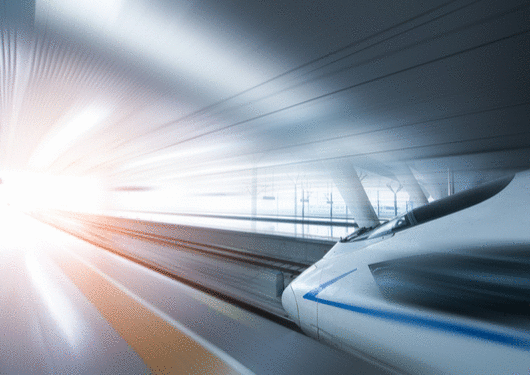
Visit Our Sponsors |
|
|
|
|
|
|
|
|
|
|
|
|
|
|
|
|
|
|
|
|
|
|
|
|
|
|
|
|
|
|
|
|
|
|
|
|
|
|
|
|
|
|
|
|
|
|
|
|
|
|
|
|
|
|
|
|
|
|
|
|

"Phase 2" was successfully completed on the company's test track spanning more than 1,600 feet in the Nevada desert, the company said in a statement. On that track, the test pod was able to travel 1,433 feet at a speed of 192 miles per hour — roughly four-and-a-half times longer and almost three times faster than its Phase 1 testing last month that was hailed as the technology's "Kitty Hawk" moment.
"Phase 1 proved that our technology works and that Hyperloop is real. For Phase 2, we built upon everything we learned from our initial test and accomplished faster and faster speeds at a farther distance," Hyperloop One's chief engineer and co-founder Josh Giegel said in a statement. "We’re now one step closer to deploying Hyperloop around the world."
The hyperloop, a catch-all term describing the technology that's been developed by numerous companies since Tesla and SpaceX CEO Elon Musk crowdsourced the idea in 2012, resembles a bullet train that can theoretically travel at velocities nearing the speed of sound (about 700 miles per hour). Hyperloop One is the first and only company to construct an operational hyperloop system.
To do this, Hyperloop One uses electric propulsion in a vacuum environment to launch a pod that slightly hovers above the track thanks to what's known as magnetic levitation, or mag-lev technology. The vehicle is designed to carry both passengers and cargo.
RELATED CONTENT
RELATED VIDEOS
Timely, incisive articles delivered directly to your inbox.







